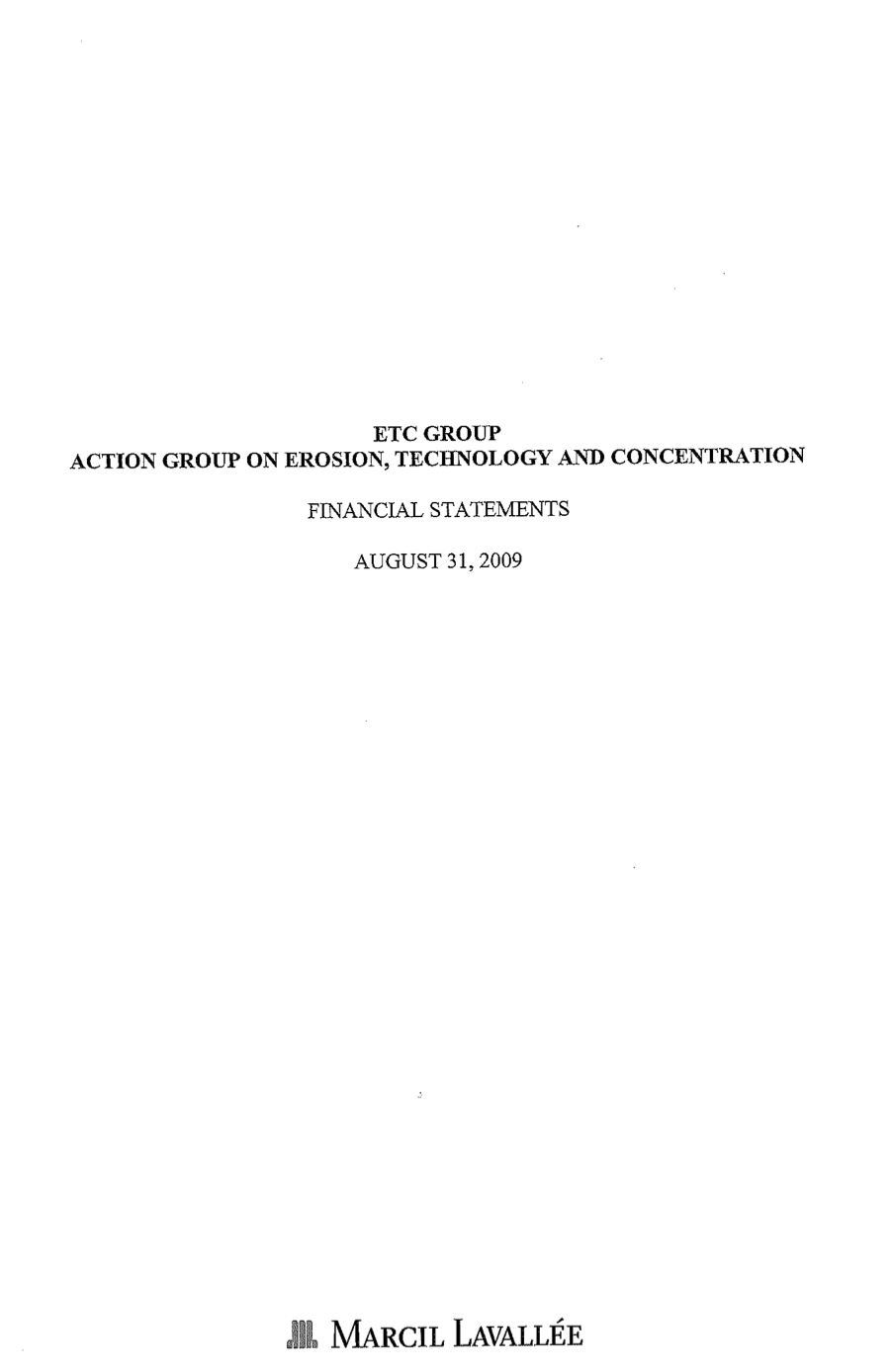HGH in livestock
Submitted by ETC Staff on

Submitted by ETC Staff on
Submitted by ETC Staff on
Submitted by ETC Staff on
Submitted by ETC Staff on
Submitted by ETC Staff on
Submitted by ETC Staff on
Submitted by ETC Staff on
Submitted by ETC Staff on
Submitted by ETC Staff on
Submitted by ETC Staff on
Submitted by ETC Staff on
Submitted by ETC Staff on
Submitted by ETC Group on
Submitted by ETC Staff on
With the Royal Society’s President, Lord Martin Rees, presiding and James Lovelock, the father of the Gaia Hypothesis, commenting, the release of the Society’s report[1] outlining the possibilities for geoengineering the world out of the climate crisis could seem the very embodiment of the precautionary principle. In his 2004 book, Our Final Century, it was Lord Rees after all who warned us that technological hubris could obliterate a million lives through “bio error or bioterror” before 2020. He is a cautious man not disposed to put faith in technological silver bullets. Likewise, Dr. Lovelock has been outspoken in his alarm over the impending climate chaos – edging toward geoengineering, but equally perturbed by the “Kafkaesque” prospects of scientists and governments trying to rejig the planetary thermostat.
Submitted by ETC Staff on
The oldest scientific academy in the world, the UK’s Royal Society, will release its long-awaited report on geoengineering September 1st 2009 in London. The report, drafted by a panel dominated by geoengineering enthusiasts, is widely expected to recommend that the government support more research and perhaps even real-world experimentation of these controversial new technologies that intentionally manipulate the earth’s climate on a large scale with the aim of lessening the effects of climate change.
“Geoengineering is a bad idea, and, unfortunately, it may transform Lord Rees’s book from musings to memoir,” says Diana Bronson, researcher for the international technology watchdog ETC Group, referring to the Royal Society President’s 2004 book, Our Final Century, which suggested that humans may not live to see the end of the 21st century.
Submitted by ETC Staff on

If you are a journalist or organization that has interviewed a member of our staff and would like to add them to this page, please email the file and/or URL to joelle@etcgroup.org.
Find out more about ETC Group, or contact us.